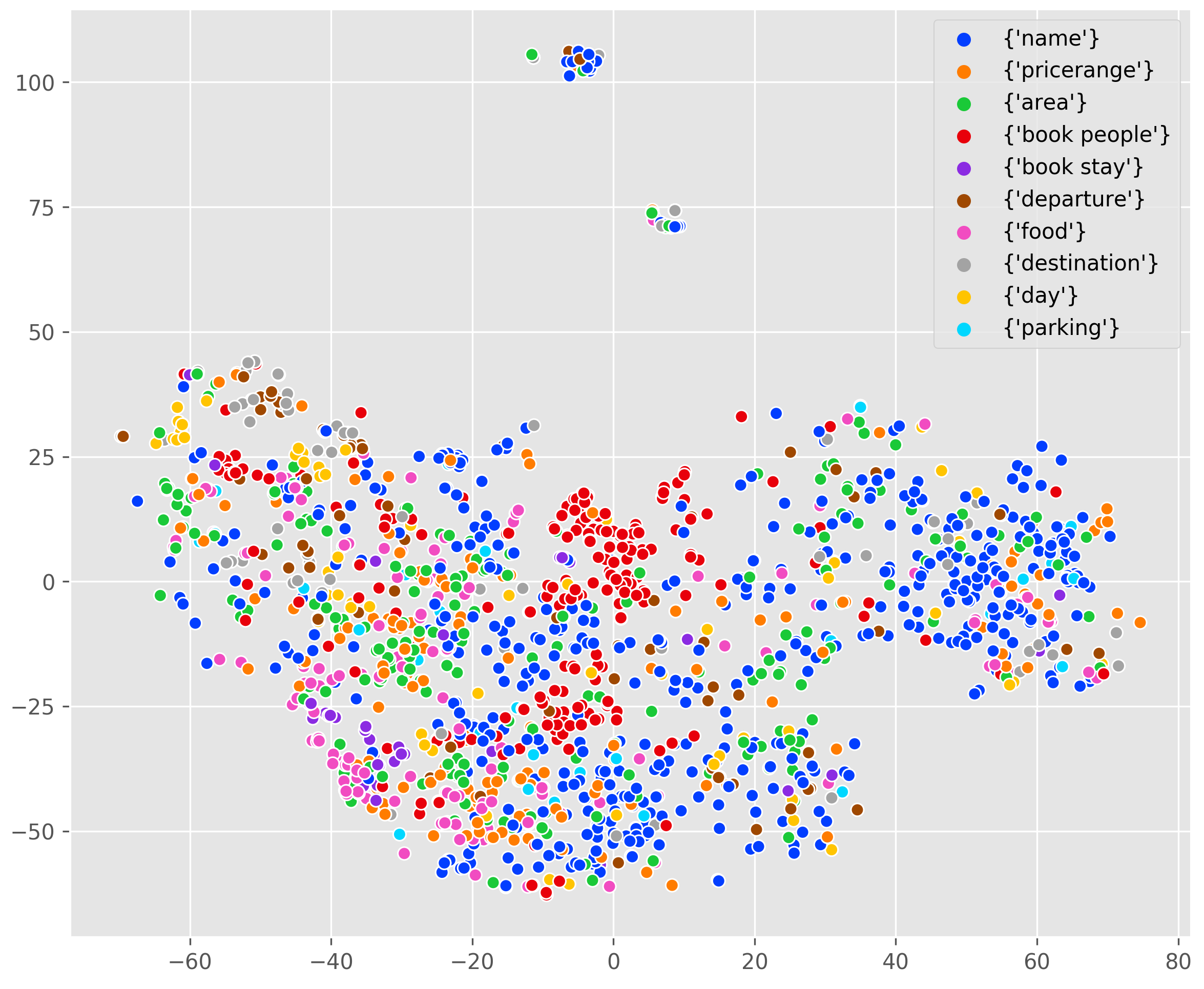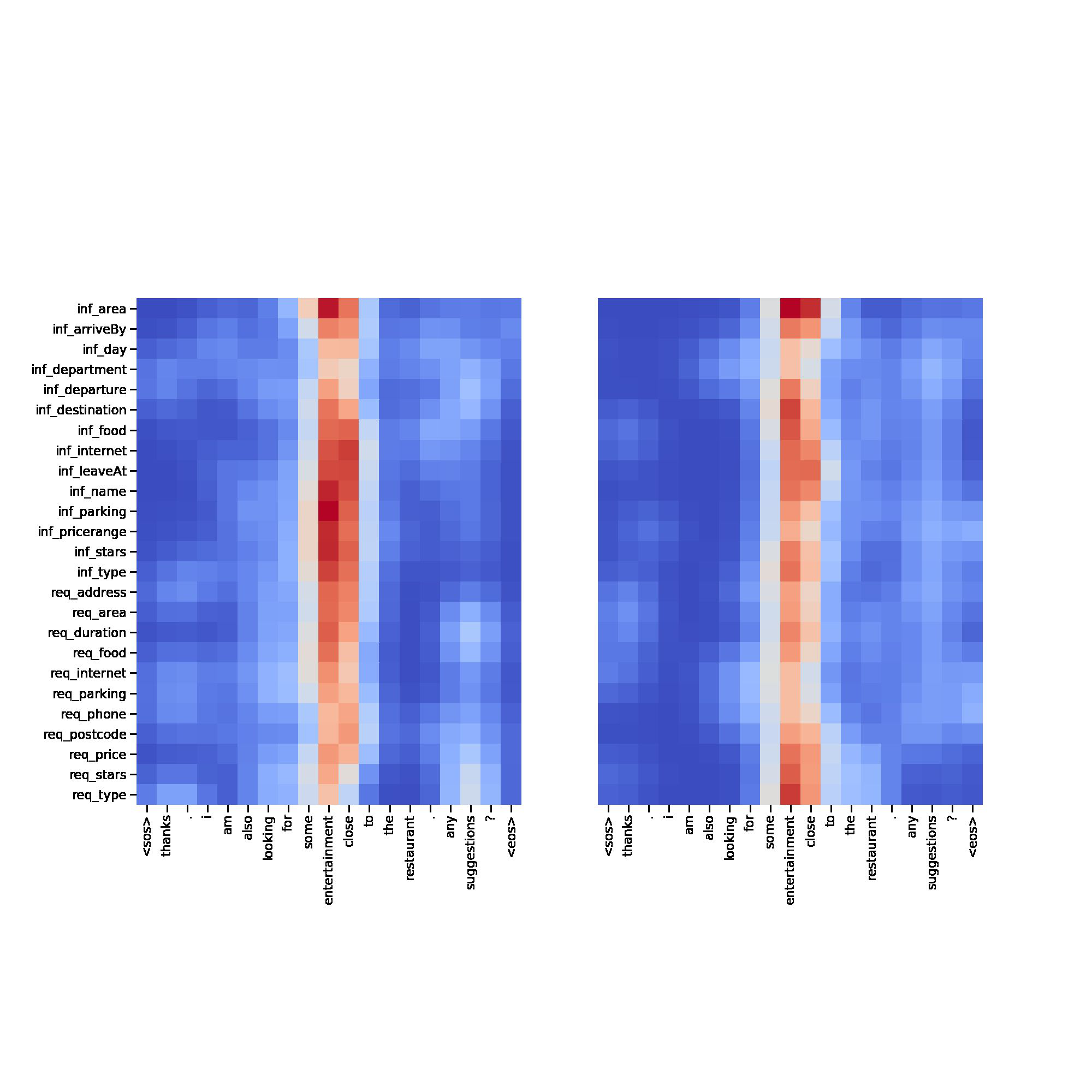Task-Oriented Dialogue as Dataflow Synthesis
Jacob Andreas, John Bufe, David Burkett, Charles Chen, Josh Clausman, Jean Crawford, Kate Crim, Jordan DeLoach, Leah Dorner, Jason Eisner, Hao Fang, Alan Guo, David Hall, Kristin Hayes, Kellie Hill, Diana Ho, Wendy Iwaszuk, Smriti Jha, Dan Klein, Jayant Krishnamurthy, Theo Lanman, Percy Liang, Christopher Lin, Ilya Lintsbakh, Andy McGovern, Alexander Nisnevich, Adam Pauls, Brent Read, Dan Roth, Subhro Roy, Beth Short, Div Slomin, Ben Snyder, Stephon Striplin, Yu Su, Zachary Tellman, Sam Thomson, Andrei Vorobev, Izabela Witoszko, Jason Wolfe, Abby Wray, Yuchen Zhang, Alexander Zotov, Jesse Rusak, Dmitrij Petters
Dialog and Interactive Systems Tacl Paper

You can open the pre-recorded video in a separate window.
Abstract:
We describe an approach to task-oriented dialogue in which dialogue state is represented as a dataflow graph. A dialogue agent maps each user utterance to a program that extends this graph. Programs include metacomputation operators for reference and revision that reuse dataflow fragments from previous turns. Our graph-based state enables the expression and manipulation of complex user intents, and explicit metacomputation makes these intents easier for learned models to predict. We introduce a new dataset, SMCalFlow, featuring complex dialogues about events, weather, places, and people. Experiments show that dataflow graphs and metacomputation substantially improve representability and predictability in these natural dialogues. Additional experiments on the MultiWOZ dataset show that our dataflow representation enables an otherwise off-the-shelf sequence-to-sequence model to match the best existing task-specific state tracking model. The SMCalFlow dataset and code for replicating experiments are available at https://www.microsoft.com/en-us/research/project/dataflow-based-dialogue-semantic-machines.
NOTE: Video may display a random order of authors.
Correct author list is at the top of this page.
Connected Papers in EMNLP2020
Similar Papers
RiSAWOZ: A Large-Scale Multi-Domain Wizard-of-Oz Dataset with Rich Semantic Annotations for Task-Oriented Dialogue Modeling
Jun Quan, Shian Zhang, Qian Cao, Zizhong Li, Deyi Xiong,

GraphDialog: Integrating Graph Knowledge into End-to-End Task-Oriented Dialogue Systems
Shiquan Yang, Rui Zhang, Sarah Erfani,

TOD-BERT: Pre-trained Natural Language Understanding for Task-Oriented Dialogue
Chien-Sheng Wu, Steven C.H. Hoi, Richard Socher, Caiming Xiong,

UniConv: A Unified Conversational Neural Architecture for Multi-domain Task-oriented Dialogues
Hung Le, Doyen Sahoo, Chenghao Liu, Nancy Chen, Steven C.H. Hoi,
